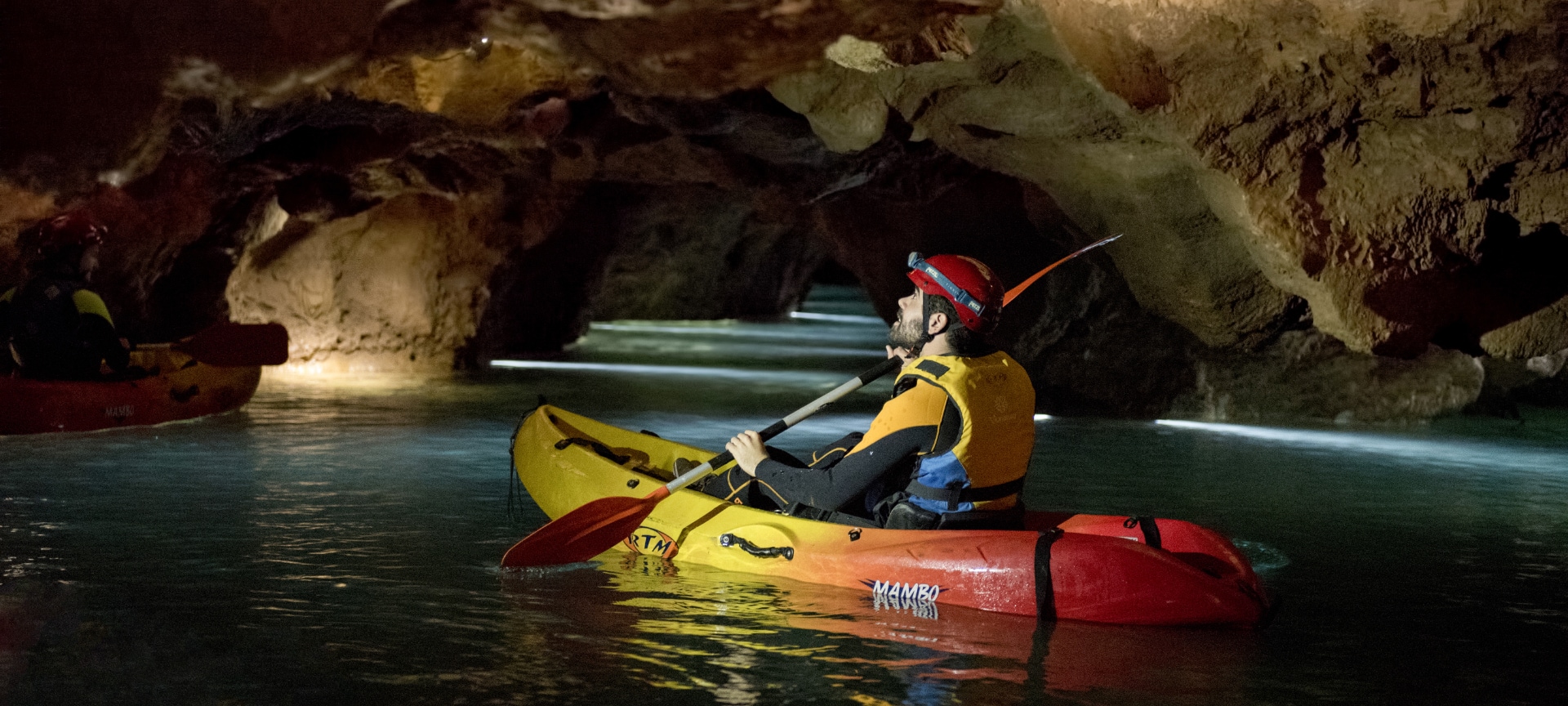
Outdoor activities in Spain
Sit down to watch a sunset, ride a catamaran through the canyons of a river, cross a national park in quad bike... In short, connect with nature. Sound enticing? Spending time outdoors has always been and is, now more than ever, one of life's pleasures. Fulfil your wish to see the world and come to Spain to fill your lungs with fresh air. Here are some ideas that will surely catch your attention:
Debe activar Javascript para poder utilizar este servicio
-
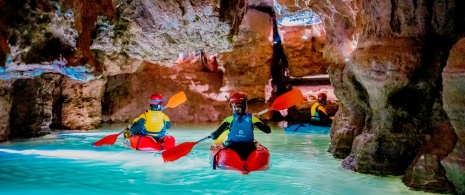
Explore the longest navigable underground river in Europe
You can find it in the Coves de Sant Josep (near the Sierra de Espadán Natural Park, Castellón) is a fascinating landscape that was formed 250 million years ago. This underground river is 2,750 metres long! You can travel 800 metres by boat and gaze at stalactites and stalagmites. Some of its most famous galleries and halls have such suggestive names as the Diana Lake, the Blue Lake or the Siphons Gallery. If you are adventurous, you can book a caving session in a kayak, with professional guides. They also organise an unforgettable musical experience: Singin' in the Cave, an acoustic mini-concert where the musicians sing from a boat in one of the most beautiful lakes in les Coves, the Hall of Bats.
-
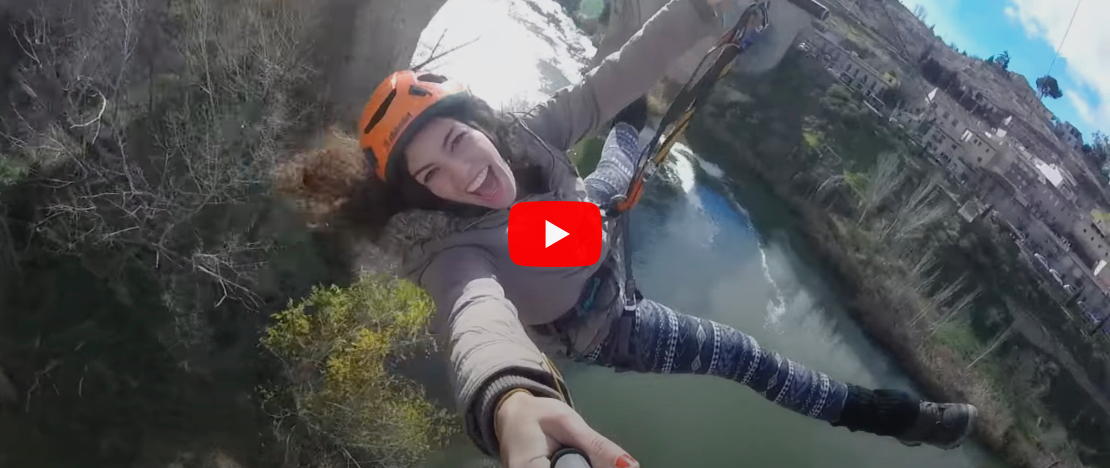
Jump down the longest city zip line in Europe
You can do it in Toledo. In addition to discovering the wealth of cultural heritage of “the city of three cultures”, dare to challenge yourself. In its old town, you will find a zip line 180 metres long. It is located next to the beautiful San Martín bridge. So in addition to feeling the adrenaline, you will get fairytale views flying over the Tagus river.
-
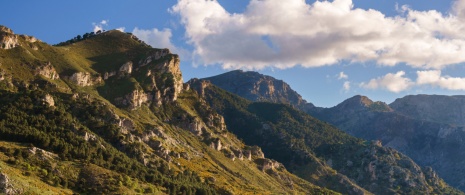
Explore the latest national park in Spain
The Sierra de las Nieves National Park. Located inland in the province of Malaga, it has been the last to join the network of national parks in Spain. If you like caving, canyoning and rock climbing, you will pleased to know that this natural space has an impressive underground network of caves, pools and tunnels. In fact, the deepest abyss in Andalusia can be found here, with a depth of 1,101 metres.If you add the routes on foot, on horseback or a bike to visit the area's white villages, the plan is perfect. Come to discover beautiful places like El Burgo, Monda, Tolox, Parauta, Yunquera and Ronda.
-
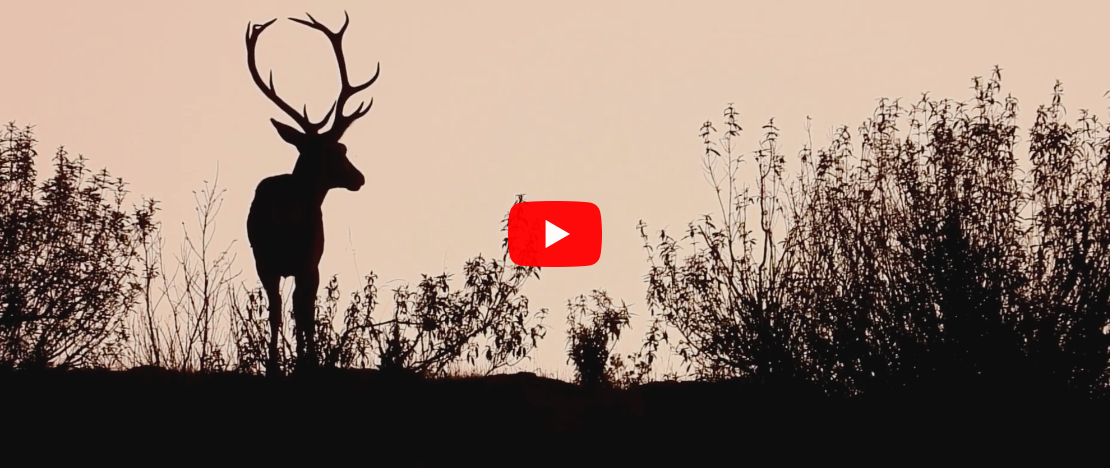
Have you ever seen stag rutting?
It is a very special show in nature that consists of the bellowing of stags and some other animals. If you want to witness it, plan a trip to the Monfrague National Park (Caceres) between the months of September and October, during the stag mating season. Hundreds of males emit loud sounds telling their rivals about their territory and inciting them to fight with their large antlers. Quite an experience in a park where you can observe dozens of species roaming free, and some of the best preserved cave paintings in Spain. In addition to walking, you can take a quad bike and reach places that would otherwise be inaccessible. And a final surprise: the town of Baños de Montemayor is close by, with a famous spa where you can pamper yourself after an intense day.
-

Gaze at the stars in the world's largest Starlight astronomical reserve
Where? Sierra Morena in Andalusia across more than 400.000 hectares that include six strict nature reserves. When night comes, the naked eye can see the sky with the same clarity as in some observatories. Sustainable tourism made available thanks to the network of viewpoints in the area and the so-called “stellar accommodations”. How are these accommodations? They are located at especially strategic points for observing the sky and offer services such as “lights off” on demand, late check-out, storage of astronomical material, etc. When the day comes, the stars “go out” but the beauty of the white villages and meadows lights up.
-
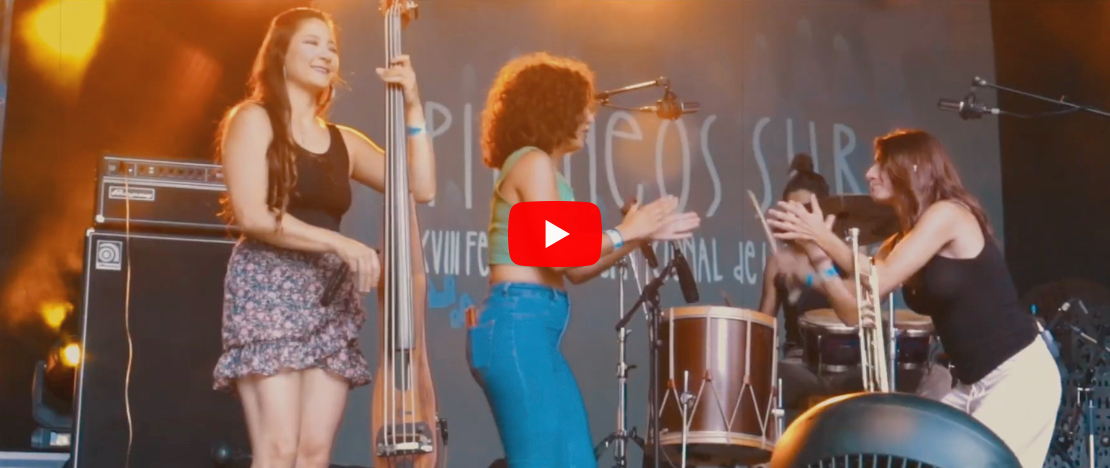
Dance at a festival with the stage on the waters of a swamp
In Lanuza (Sallent de Gállego, Huesca) you can enjoy the well-known summer festival of cultures. “Pirineos Sur”. Leading names in music have performed at this festival, featuring a floating stage on the Lanuza reservoir and unforgettable views.Specifically, you will be in the Tena valley, in the heart of the Aragonese Pyrenees. So, in addition to listening to music, you will be able to see high peaks, glaciers and an impressive set of lakes. If you are fond of hiking, the Route of the Bunkers has to be on your must-see list.
-
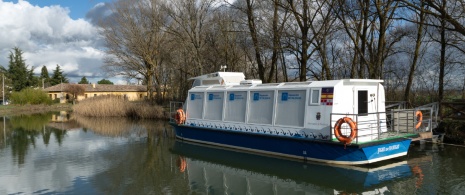
Take a boat ride through the centre of Castile
On a boat through the centre of Castile and Leon? In the heart of Spain and hundreds of kilometres away from the sea? Yes! Thanks to one of Spain's most famous feats of hydraulic engineering, dating back to the 18th century: the Canal of Castile. It is a man-made waterway that runs through the areas of Palencia, Burgos and Valladolid, benefiting from the inflowing water from different rivers.The boat route is beautiful, since it takes place in the middle of nature. You are bound to be interested in seeing how it travels at different water heights thanks to the locks. Also, a portion of the route can be done on foot, on horseback or even in a canoe. Take the opportunity to visit towns such as Frómista, Herrera de Pisuerga or Medina de Rioseco.
-
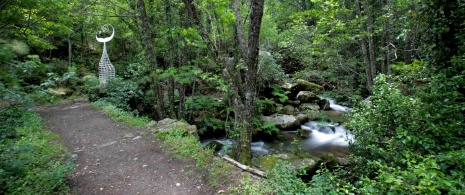
Look for art in nature
You can do it in multiple destinations. For example, very close to Madrid, in the “Valley of Dreams”, in Sierra del Rincon, declared a biosphere reserve by the UNESCO. This is a rural route that will take you through lush forests where you will also find fifty outdoor sculptures in Puebla de la Sierra.More options? The province of Salamanca, which has the “Art in Nature Paths”: four circular paths through areas such as the Las Batuecas-Sierra de Francia Nature Reserve, where you will find unusual figures like the tail of a mermaid, an open door in the middle of the field...Just 14 kilometers from the city of Cáceres you will find another curious initiative: the Wolf Vostell Malpartida Museum. It was founded by Wolf Vostell, a German artist of international prestige and here you will find collections of contemporary art and sculptures installed among the rocks in the Los Barruecos area.
-
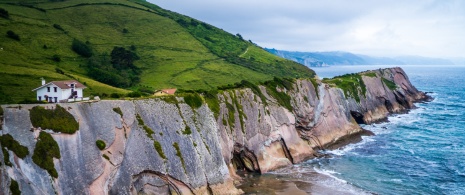
Travel more than 60 million years into the past
You can become a time traveller thanks to the “Flysch” Route. The coastal strip of the Basque Country between Deba and Zumaia has around eight kilometres of cliffs that reveal key moments in the geological history of the Earth, such as the great extinction of the dinosaurs.You can see these imposing cliffs (some are up to 150 metres high) along different hiking routes or on a tourist boat where they will also tell you about ancient ways of life such as whale fishing in Mutriku.
Travel plans for inspiring you










